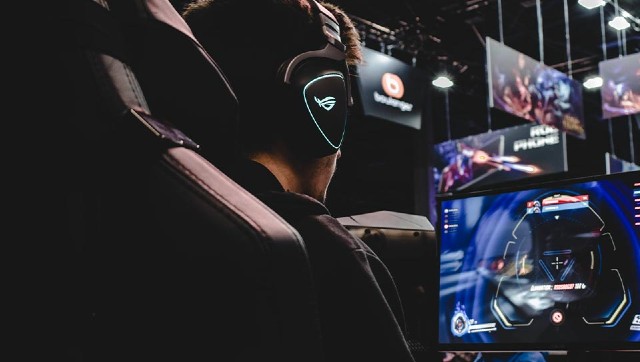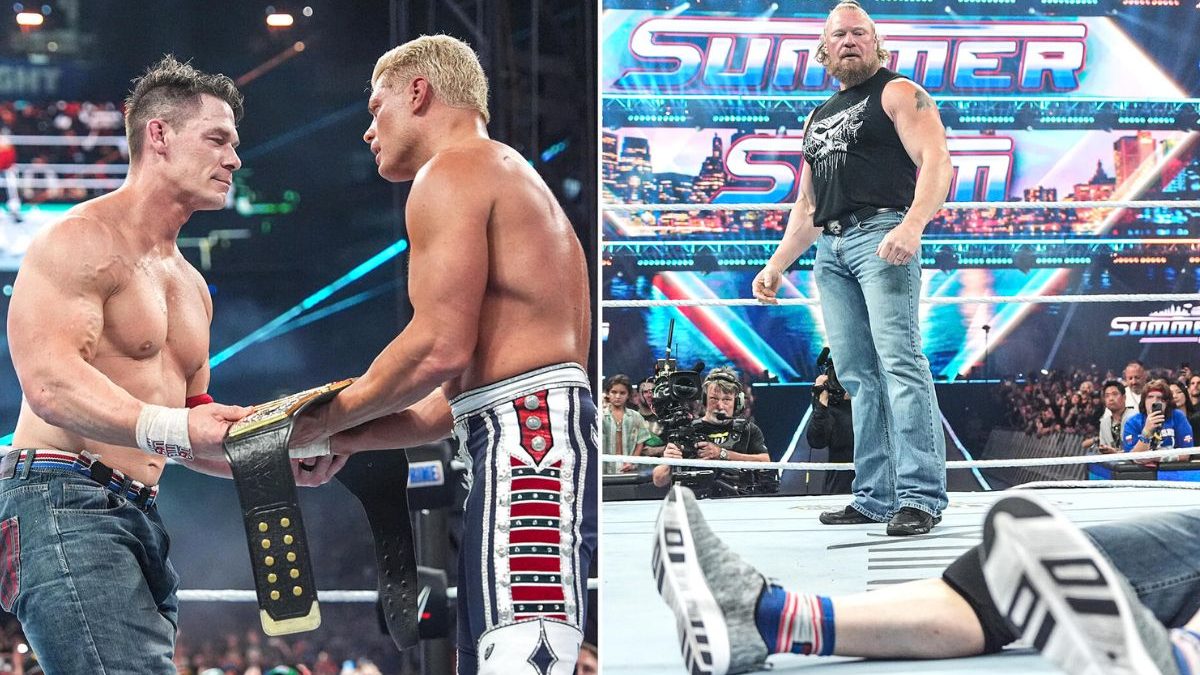The issue of coaches being allowed to communicate with players during matches has caused a reasonable stir in eSports over the past week. Trouble began when one of the top eSports teams based out of Europe, Alliance, were found to be communicating with their coach during a professional Dota 2 game. In the vlog, coach Peter “ppd” Dager can be heard talking to players.
Following this, several Dota 2 players voiced their concerns and labelled Alliance as cheaters. The issue is only made worse because this season Alliance are ranked at the top of Dota Pro Circuit (DPC) for Western Europe. Ironically, this recording is from the only series that Alliance failed to win. Having a coach in eSports is not a new phenomenon. The point of contention is not whether a team should have a coach but if the coach should be allowed to pass instructions to the players during a game. Traditionally, while almost every top Dota 2 team has a coach, the coaches have not been allowed to communicate with the players during the game. As a matter of fact, the coaches being allowed to talk to players during the drafting stage (where both teams pick their heroes) and the breaks during a series was considered major news at the time and had been publicly announced by the developer.
Coaches will now be allowed in the drafting phase in tournament games.
— DOTA 2 (@DOTA2) September 15, 2017
Given these facts, it would be easy to assume that Alliance were caught breaching the rules. However, that is also not true as, before the start of the current DPC season, the teams in Europe were sent an email by the organisers stating that coaches would be allowed to talk to the team throughout the game. This becomes clear with the extended post on the topic by Dota 2 player Sébastien “Ceb” Debs and Dota 2 statsman Ben “Noxville” Steenhuisen. The reasons for the whole misunderstanding is the fact that this email was missed by most of the other teams and the fact that this rule change is unique to the European region while coaches in North America, South America, China and South East Asia are still bound by the earlier rules. The impact of having a coach talking to the team is one that is hard to quantify. The majority of people involved with professional eSports believe that having a coach is a game-changer. This is something that has been noted as a major point of contention by many Dota 2 personalities, such as Dota 2 player Kurtis “Aui_2000” Ling stating that if this rule change became standard, it would further increase the gap between the top teams and the newly-formed ones.
Alliance following the rules and using coaches in game shouldn't cause them to take any flak, but said rule seems pretty terrible both in concept and execution. First of all, coaches being allowed in the game is a huge change that should be more than just a line on an email to
— Aui 2000 (@Aui_2000) May 12, 2021
Another prominent Dota 2 player from the North America Region, Samuel “Sammyboy” Anderson has also been vocal about how this rule change has a huge impact on the performance of players.
I'm gonna move to EU and have my coach write down every cooldown/timer/etc on a notepad and keep me updated in game. Thanks guys :D
— Samson (@SamsonDota) May 12, 2021
Impact Shorts
More ShortsThe practices of traditional sports makes it even harder to give clear answers regarding this rule. In badminton, for instance, the coach sits on the side of the court and there is free communication with the player. In golf, many players have opted to have their coaches act as a caddy during tournaments as the caddy is allowed to communicate freely with the sportsman. In boxing, the coach stands at the edge of the ring and is referred to as the second. Then, there are also sports that do not allow players and coaches to interact during a match. The best example of this is tennis where the coach is seated with spectators and is not allowed to communicate with the player. Should esports allow for coaches to talk to players during a match? While Dota 2 has only recently had its brush with controversy on the matter, Counter-Strike: Global Offensive (CS:GO) has been through that road already. There are many players who believe that the move makes it easier to play as a lot of the thinking and calculations that a player is required to make could be done by the coach instead. In this writer’s opinion, it only makes sense that the issue is looked at individually for each eSport in question. As pointed out by Valve Corporation ( in the case of CS:GO), there are points to keep in mind beyond just the impact this decision would have on gameplay. There is the impact of this decision on the development of the game’s competitive environment as well. Similar to Valve Corporation, Kurtis “Aui_2000” Ling is of the opinion that having coaches giving advice and talking to players mid-game defeats the main purpose of a system such as the DPC, which is set up to develop teams and talents in an organic manner. While such opinion is valid and needs to be taken into account, there is also the option of deciding that the coach is actually the last member of the team and as such all teams should make use of this extra member. While there are no correct answers to the controversy, the immediate need is to ensure that all rule changes are properly communicated, as pointed out by Johan “N0tail” Sundstein after his initial outrage against Alliance.
Notail is one of the nicest guy, but after one bad take the internet hate mob turns on him.
— Henrik Ahnberg (@AdmiralBulldog) May 12, 2021
People just love watching others burn.
SAD
Had a good laugh reading some of these commentshttps://t.co/iOZtW6sLAn
Luckily, this is a point that seems to have been understood by Dreamhack.
Update on the #DreamLeague Season 15 DPC Western Europe rules regarding Coaches: pic.twitter.com/oumP2fbYzZ
— DreamHack Dota (@DreamHackDota) May 12, 2021
The company made an official statement defending Alliance and at the same time reverting the rules so that coaches are no longer allowed to communicate with the players during the game.


)

)
)
)
)
)
)
)
)



